Texas has always been a cultural melting pot, though some towns take this diversity to extraordinary lengths. Wandering through certain communities across the Lone Star State feels like crossing international borders without ever showing a passport.
These remarkable destinations demonstrate how immigrant communities, historical settlements, and dedicated cultural preservation have created authentic pieces of distant lands right here in Texas. Here are 16 Texas towns that feel like different countries.
New Braunfels
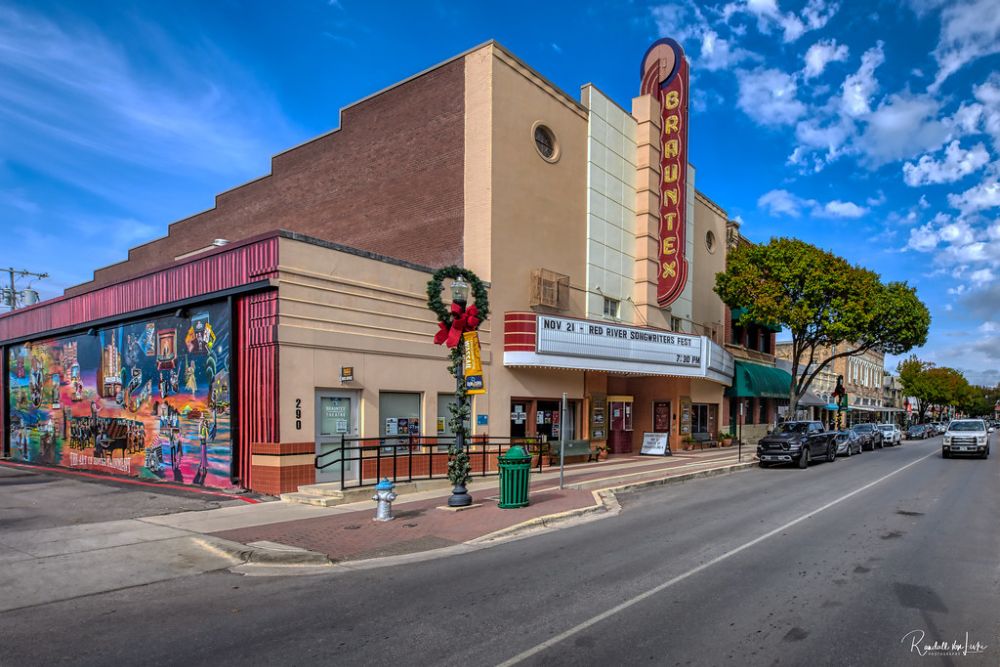
New Braunfels whisks visitors straight into Bavaria with its genuine German architecture and deeply embedded traditions. German immigrants founded this community in 1845, and it’s maintained its European character through annual Oktoberfest celebrations that could give Munich a run for its money.
The Comal and Guadalupe rivers meander through town like alpine streams, while traditional German bakeries turn out pretzels and strudels that’d make any Bavarian grandmother beam with pride. A stroll down Main Street feels remarkably similar to wandering through a small German village complete with timber-framed buildings and authentic beer gardens.
Fredericksburg
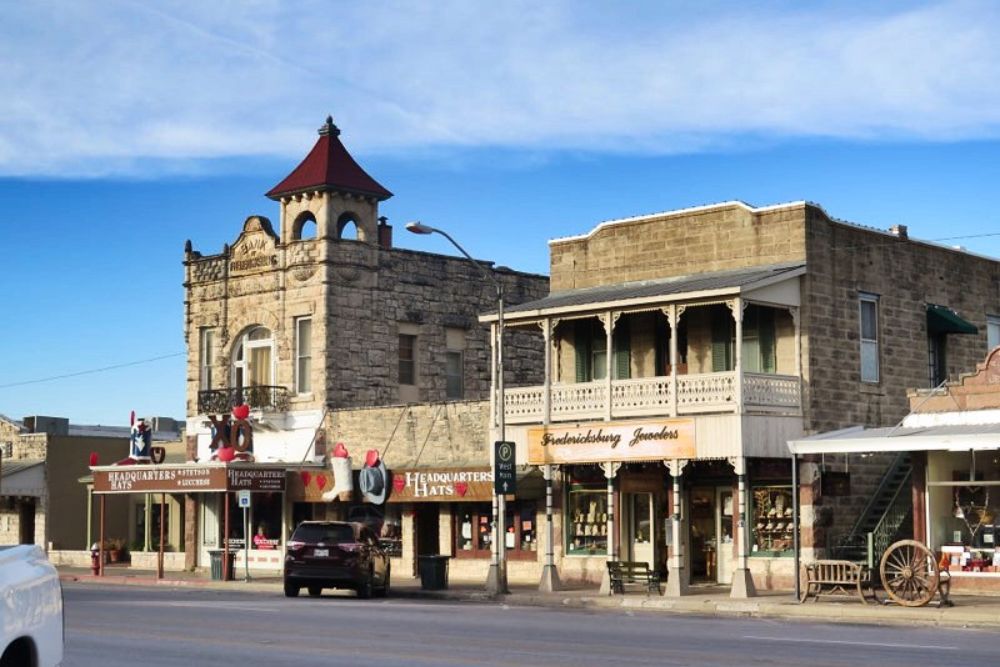
This Hill Country treasure preserves German heritage with such dedication that visitors often forget they’re still in Texas. Main Street displays 19th-century German architecture, and local shops stock everything from genuine lederhosen to hand-carved cuckoo clocks.
Fredericksburg’s many wineries blend German winemaking traditions with Texas terroir, creating a distinctive fusion that perfectly captures the community’s dual identity. The annual Easter Fires tradition lights up hilltop bonfires across the countryside, connecting today’s residents to customs their ancestors brought from the old country.
Like Travel Pug’s content? Follow us on MSN.
Castroville
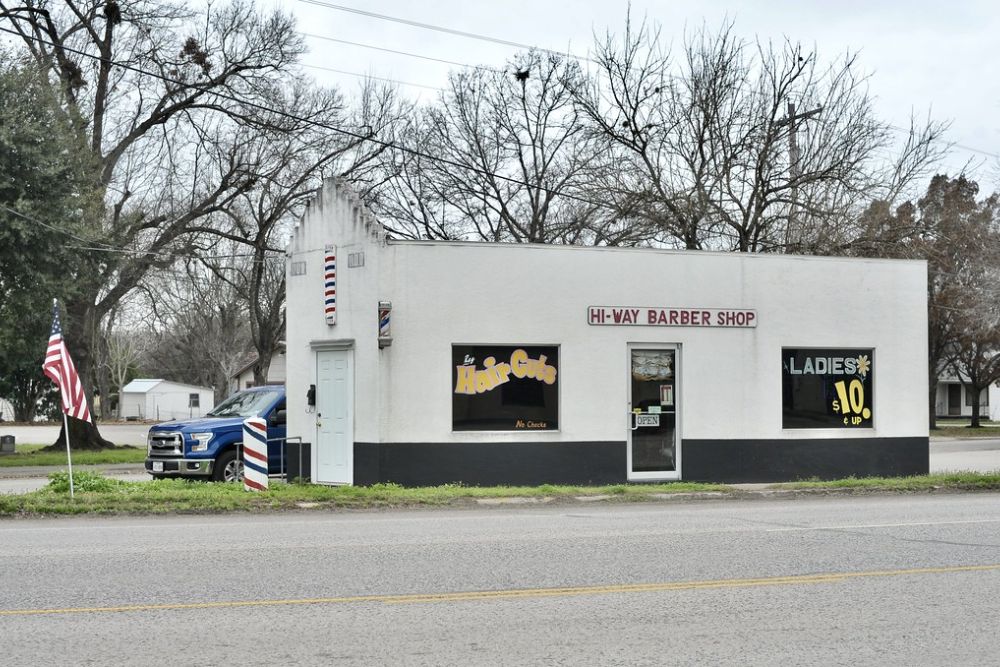
Known as the ‘Little Alsace of Texas,’ Castroville resembles a French countryside village that somehow landed in South Texas. Henri Castro established this community in 1844, bringing Alsatian settlers who constructed the distinctive stone houses still lining the streets today.
The town’s St. Louis Catholic Church — with its Gothic Revival architecture — wouldn’t look out of place in rural France. Local restaurants serve traditional Alsatian cuisine, while many residents continue speaking French as their first language, preserving that linguistic bridge to their European heritage.
Praha
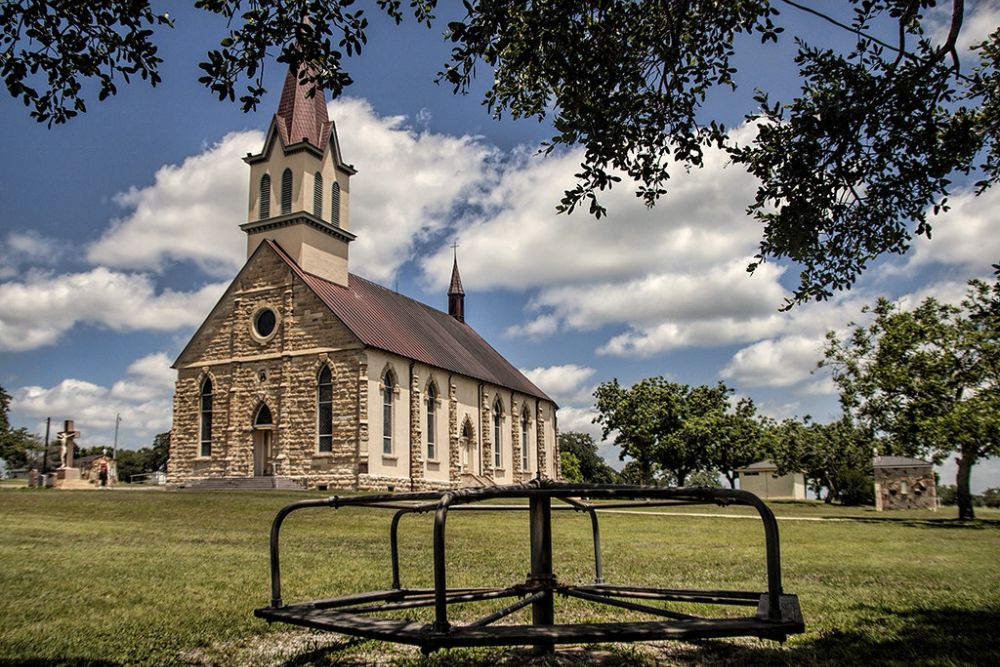
HThis tiny community near Flatonia captures rural Czech Republic’s essence within just a few square blocks. Czech immigrants founded Praha in the 1880s, and it centers around the magnificent Assumption of the Blessed Virgin Mary Catholic Church — whose twin spires rise from the prairie like a European cathedral.
The church’s interior showcases hand-painted religious scenes and Czech inscriptions that transport visitors straight to Bohemia. Each year during the Praha Pout festival, traditional Czech folk dancing and authentic kolaches celebrate the community’s lasting cultural ties.
West
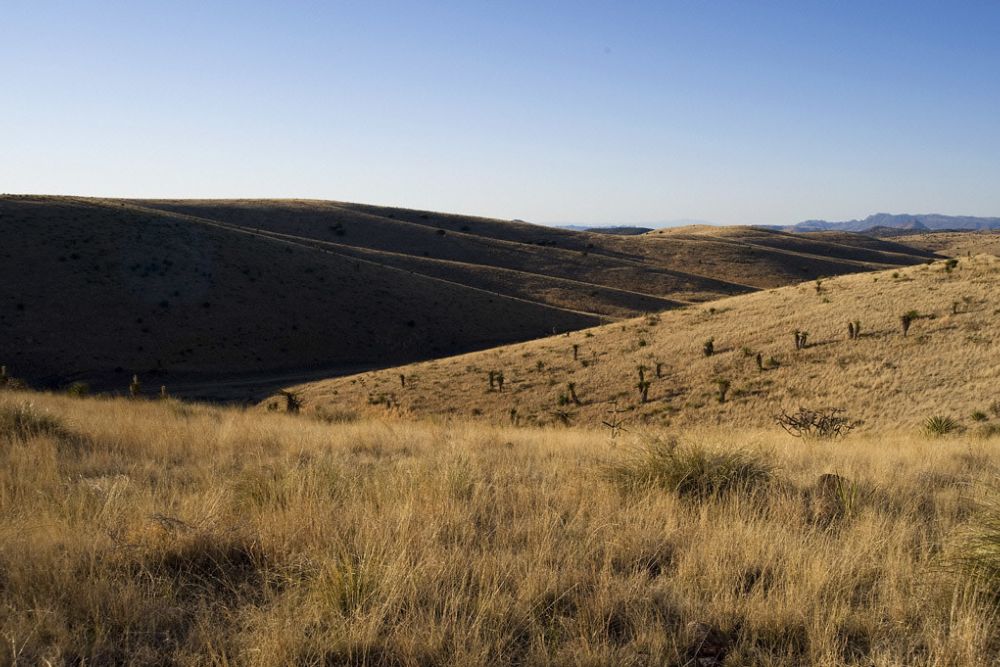
West might confuse geography students, but this small town near Waco creates an unmistakably Czech atmosphere. The community’s Czech heritage shines brightest through its famous kolache shops drawing visitors from across the state who are seeking authentic pastries.
West’s annual Westfest celebrates Czech culture with traditional music, dancing, and food that wouldn’t feel out of place in Prague. The town’s Czech Inn restaurant serves genuine dishes like goulash and schnitzel, while local bakeries continue using recipes that’ve been passed down through generations of Czech families.
Like Travel Pug’s content? Follow us on MSN.
Panna Maria

America’s oldest Polish settlement feels like stepping into a rural Polish village frozen in the 1850s. This tiny Karnes County community revolves around the Immaculate Conception Catholic Church, where Polish immigrants first held mass in 1854.
The church’s cemetery contains headstones with Polish inscriptions, and nearby historical markers tell stories of pioneers who traveled thousands of miles to recreate their homeland in Texas. Local families still maintain Polish traditions, while the annual Polish Country Fair showcases folk arts, traditional foods, and customs that connect today’s residents to their ancestors.
Bandera
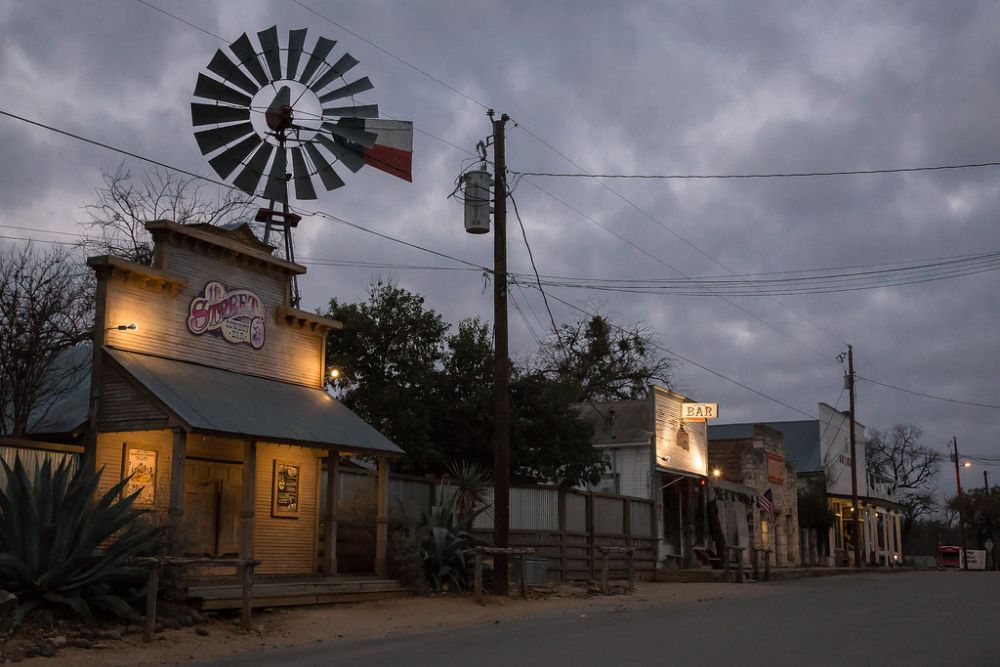
The ‘Cowboy Capital of the World’ might seem purely Texan, yet Bandera’s origins actually trace back to Polish settlers who arrived in the 1850s. The town blends Polish heritage with Western culture in surprising ways of creating a unique atmosphere that feels part Eastern European village, part frontier town.
St. Stanislaus Catholic Church serves as the community’s Polish cultural center, and local dude ranches offer visitors a chance to experience both cowboy life and Polish hospitality. This combination creates an authentically multicultural experience that reflects Texas’s complex immigrant history.
Shiner
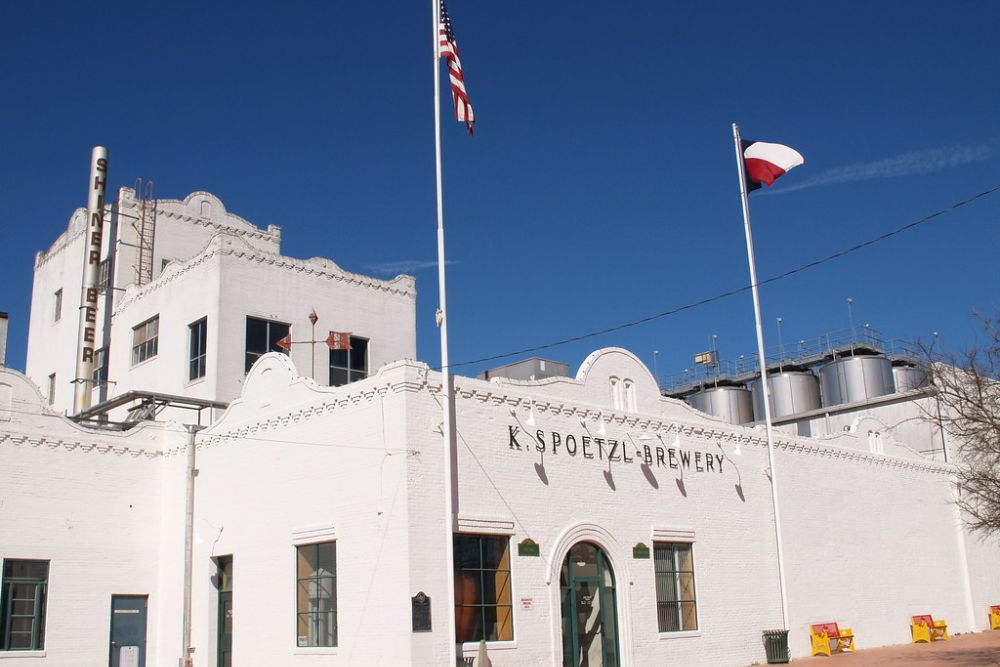
This small town transforms visitors into beer hall patrons in rural Bavaria through its famous brewery and German cultural traditions. Spoetzl Brewery — founded by Bavarian brewmaster Kosmos Spoetzl in 1909 — continues producing beer using traditional German methods and recipes.
The town’s architecture reflects its German roots, featuring buildings that could easily fit into a Bavarian village. Annual festivals celebrate German heritage through traditional music, dancing, and, naturally, plenty of locally brewed beer that maintains authentic European standards.
Like Travel Pug’s content? Follow us on MSN.
Luckenbach
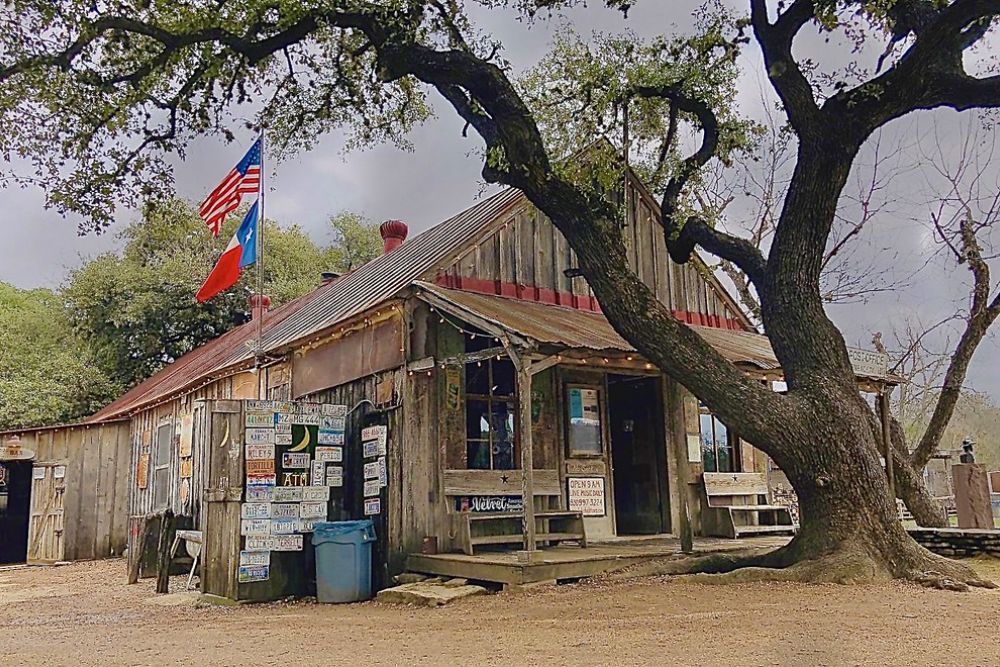
Though tiny enough to fit on a postcard, Luckenbach captures the spirit of a German village through its historic buildings and relaxed atmosphere. The town’s general store and dance hall — built by German settlers in the 1840s — create an intimate setting that feels more European than Texan.
Weekend gatherings feature live music under ancient oak trees, and visitors can purchase German-style crafts and locally made goods. The community’s motto, ‘Everybody’s Somebody in Luckenbach,’ reflects the welcoming spirit of its German founders.
D’Hanis
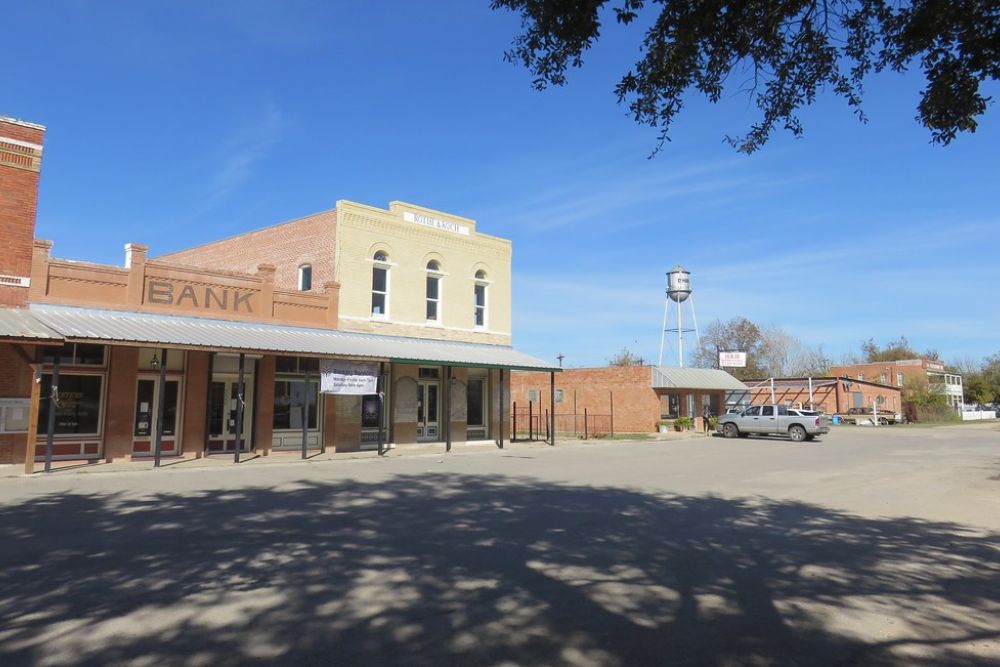
This small Medina County town preserves its Alsatian heritage through distinctive architecture and cultural traditions that transport visitors to eastern France. Henri Castro and Alsatian immigrants founded D’Hanis in 1847, constructing stone buildings using traditional European techniques.
The town’s St. Dominic Catholic Church showcases Alsatian religious architecture, though local families maintain French-speaking traditions passed down through generations. Annual celebrations honor the community’s founders with traditional Alsatian food, music, and customs that create an authentic European atmosphere.
Windthorst
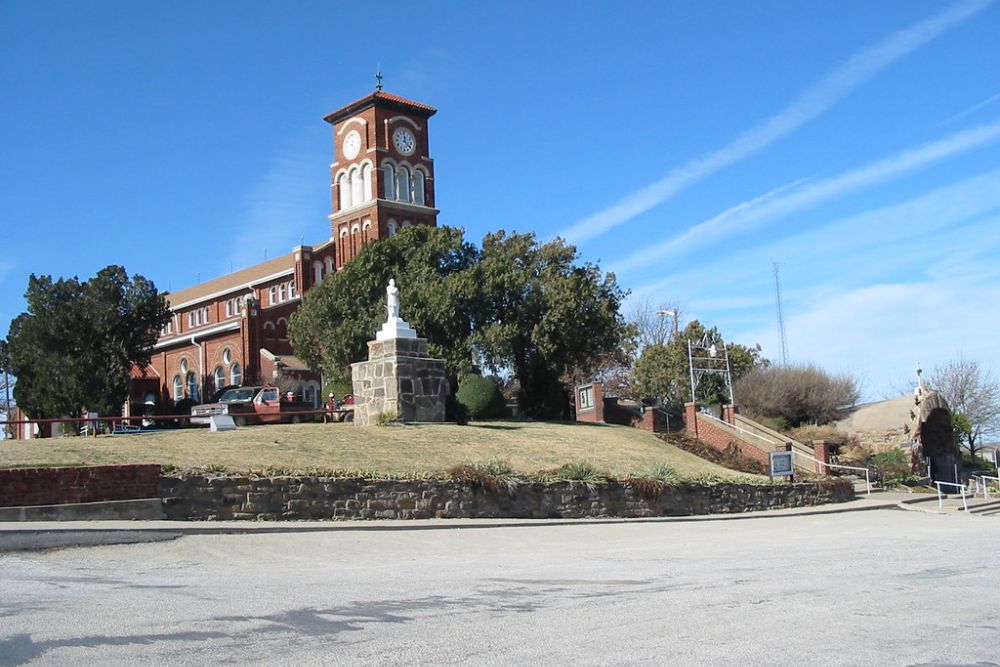
Named after a German Catholic political leader, Windthorst maintains its Germanic character through religious traditions and community customs. St. Mary’s Catholic Church serves as the focal point for German cultural activities, while local families preserve traditional recipes and holiday celebrations.
Windthorst’s annual German festival features authentic food, music, and dancing that could easily take place in rural Germany. The community’s commitment to maintaining its cultural identity creates an atmosphere that feels genuinely European despite being located in North Texas.
Like Travel Pug’s content? Follow us on MSN.
Muenster

This Cooke County community embraces its German Catholic heritage so thoroughly that visitors might expect to hear church bells from the Rhine Valley. German immigrants founded Muenster in 1889, and it centers around Sacred Heart Catholic Church, whose Gothic architecture dominates the small town landscape.
Local businesses maintain German traditions through authentic food, crafts, and cultural events that celebrate the community’s European roots. The annual Germanfest transforms Main Street into a Bavarian village complete with traditional music, dancing, and authentic German cuisine.
Schulenburg
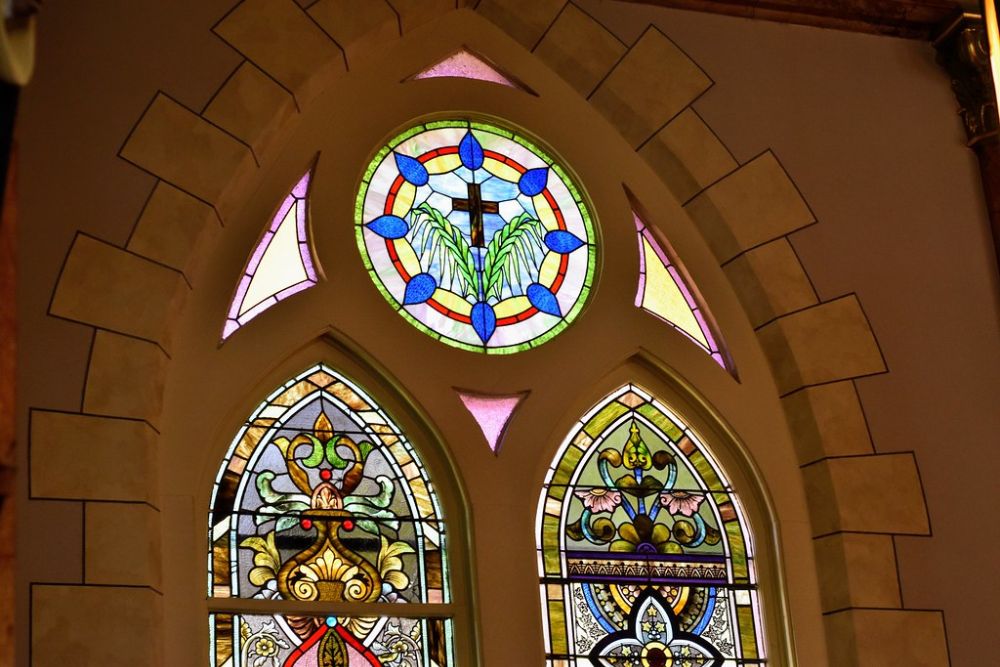
Known as the ‘Home of the Painted Churches,’ Schulenburg showcases German and Czech architectural traditions through its stunning religious buildings. The town’s painted churches feature interior artwork that rivals European cathedrals, created by immigrant artists who brought Old World techniques to Texas.
Local festivals celebrate both German and Czech heritage, while traditional bakeries serve authentic pastries and breads. The combination of architectural beauty and cultural preservation creates an atmosphere that feels distinctly Central European.
Lindsay
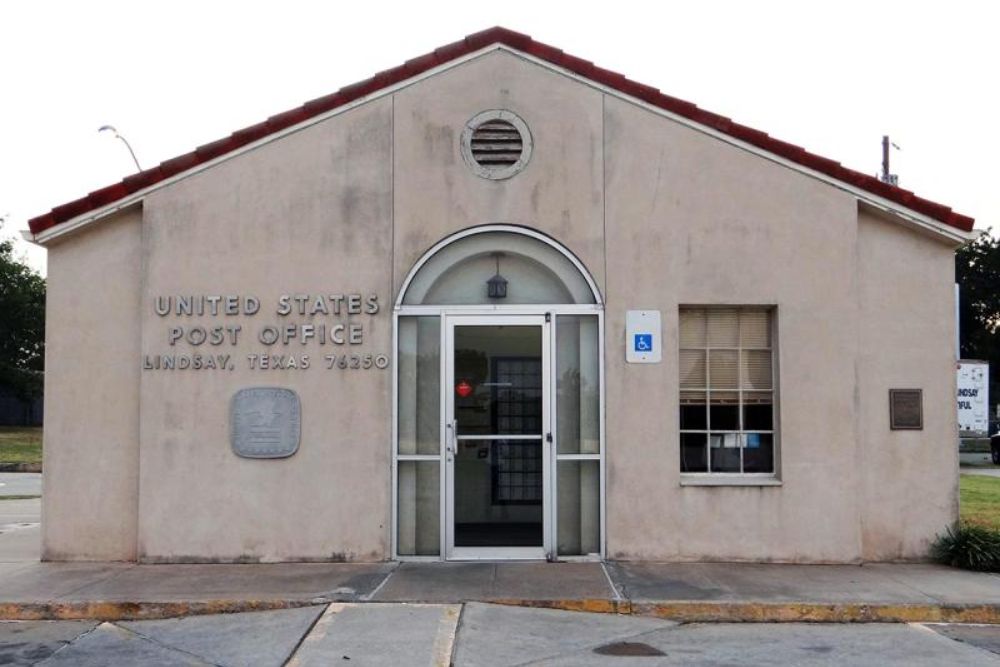
This small Cooke County town maintains its German Catholic identity through traditional celebrations and community customs that connect residents to their European ancestors. St. Peter’s Catholic Church anchors the community’s cultural life, while annual festivals feature German music, food, and dancing.
Local families preserve traditional recipes and customs, creating an authentic Germanic atmosphere in rural Texas. The town’s commitment to cultural preservation makes visitors feel like they’ve discovered a hidden German village on the American frontier.
Like Travel Pug’s content? Follow us on MSN.
Rowena
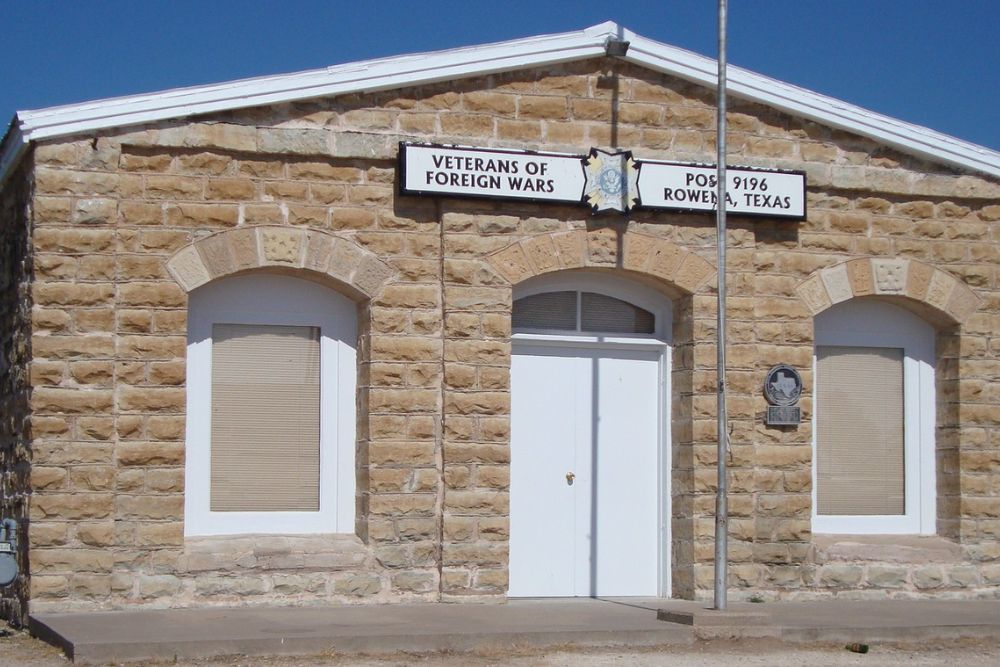
Located in Runnels County, Rowena preserves its German heritage through traditional architecture and community celebrations that transport visitors to rural Germany. The town’s St. Joseph Catholic Church showcases German religious traditions, while local families maintain customs passed down through generations of immigrants.
Annual festivals celebrate German culture with authentic food, music, and dancing that creates a genuinely European atmosphere. The community’s dedication to preserving its cultural identity makes Rowena feel like a small German village transplanted to West Texas.
Burton
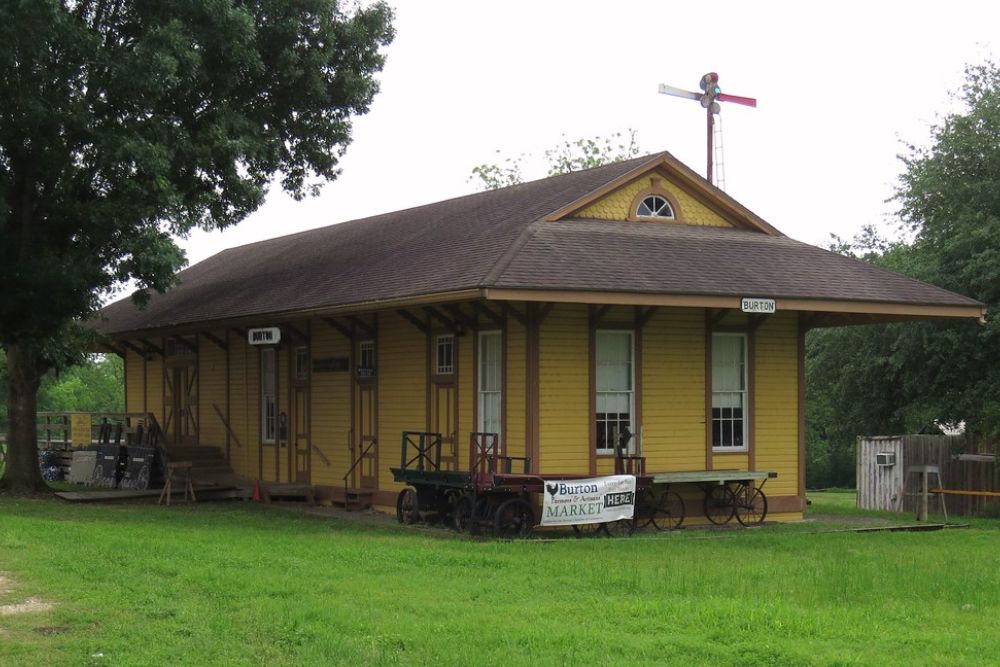
This Washington County town blends German and Czech influences to create a uniquely Central European atmosphere in the heart of Texas. Burton’s historic district features buildings constructed by German and Czech immigrants using traditional European techniques and materials.
Local festivals celebrate both cultures through authentic food, music, and crafts that showcase the community’s diverse heritage. The town’s commitment to preserving multiple cultural traditions creates a rich, multicultural experience that feels authentically European while remaining distinctly Texan.
Living Bridges to the Old World
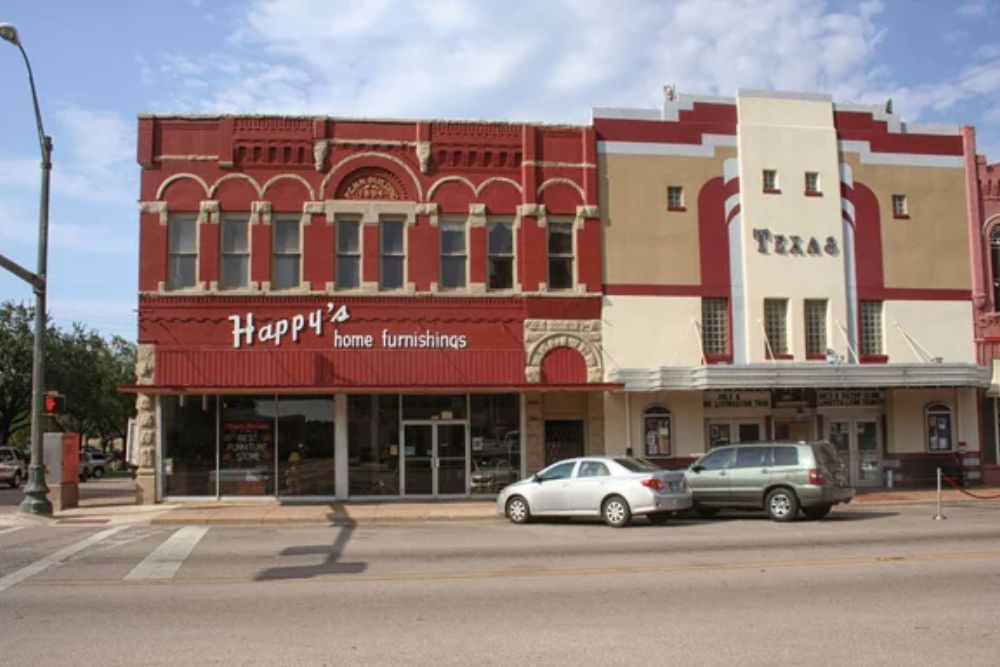
These communities demonstrate that cultural identity transcends geographical boundaries, creating authentic international experiences without requiring a passport. From German beer halls to Czech churches, Polish settlements to Alsatian stone houses, these towns maintain living connections to their founders’ homelands while embracing their Texas identity. Their success in preserving Old World traditions offers modern visitors a chance to experience the immigrant journey that shaped much of America, reminding us that diversity and cultural preservation remain essential parts of the American story.
More from Travel Pug

- 20 Best Beach Towns in the Carolinas
- 13 Destinations Where Tourists Regularly Regret Their Trip
- 20 Things You Actually Get in First Class
- 20 Small Airports With Aviation Museums
- 20 Places in the U.S. That Are Perfect for a Reset Trip
Like Travel Pug’s content? Follow us on MSN.
